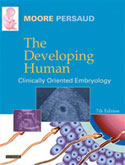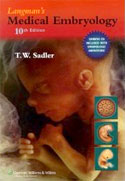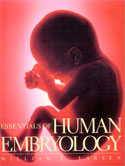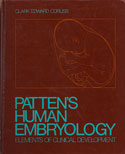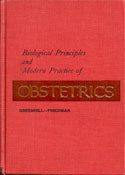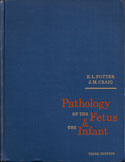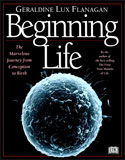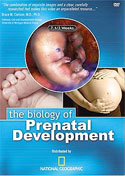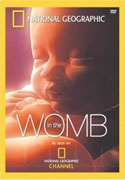The question of whether “it” is a human being is central to the abortion issue.

What do you think?
Is “it” a human being?
And if so, can we kill her?
What does science say about when does life begin? When is “it” a human being?
(See abort73.com for more information)
“Human development begins at fertilization, the process during which a male gamete or sperm (spermatozoo development) unites with a female gamete or oocyte (ovum) to form a single cell called a zygote. This highly specialized, totipotent cell marked the beginning of each of us as a unique individual.”
“A zygote is the beginning of a new human being (i.e., an embryo).”
Keith L. Moore, The Developing Human: Clinically Oriented Embryology, 7th edition. Philadelphia, PA: Saunders, 2003. pp. 16, 2.
“Development begins with fertilization, the process by which the male gamete, the sperm, and the femal gamete, the oocyte, unite to give rise to a zygote.”
T.W. Sadler, Langman’s Medical Embryology, 10th edition. Philadelphia, PA: Lippincott Williams & Wilkins, 2006. p. 11.
“[The zygote], formed by the union of an oocyte and a sperm, is the beginning of a new human being.”
Keith L. Moore, Before We Are Born: Essentials of Embryology, 7th edition. Philadelphia, PA: Saunders, 2008. p. 2.
‘
“Although life is a continuous process, fertilization (which, incidentally, is not a ‘moment’) is a critical landmark because, under ordinary circumstances, a new genetically distinct human organism is formed when the chromosomes of the male and female pronuclei blend in the oocyte.”
Ronan O’Rahilly and Fabiola Müller, Human Embryology and Teratology, 3rd edition. New York: Wiley-Liss, 2001. p. 8.
“Human embryos begin development following the fusion of definitive male and female gametes during fertilization… This moment of zygote formation may be taken as the beginning or zero time point of embryonic development.”
William J. Larsen, Essentials of Human Embryology. New York: Churchill Livingstone, 1998. pp. 1, 14.
“It is the penetration of the ovum by a spermatozoan and resultant mingling of the nuclear material each brings to the union that constitutes the culmination of the process of fertilization and marks the initiation of the life of a new individual.”
Clark Edward Corliss, Patten’s Human Embryology: Elements of Clinical Development. New York: McGraw Hill, 1976. p. 30.
“The term conception refers to the union of the male and female pronuclear elements of procreation from which a new living being develops.”“The zygote thus formed represents the beginning of a new life.”
J.P. Greenhill and E.A. Friedman, Biological Principles and Modern Practice of Obstetrics. Philadelphia: W.B. Saunders, 1974. pp. 17, 23.
“Every time a sperm cell and ovum unite a new being is created which is alive and will continue to live unless its death is brought about by some specific condition.”E.L. Potter and J.M. Craig, Pathology of the Fetus and the Infant, 3rd edition. Chicago: Year Book Medical Publishers, 1975. p. vii.
GENERAL AUDIENCE TEXTS ON PRENATAL DEVELOPMENT
“Every baby begins life within the tiny globe of the mother’s egg… It is beautifully translucent and fragile and it encompasses the vital links in which life is carried from one generation to the next. Within this tiny sphere great events take place. When one of the father’s sperm cells, like the ones gathered here around the egg, succeeds in penetrating the egg and becomes united with it, a new life can begin.”Geraldine Lux Flanagan, Beginning Life. New York: DK, 1996. p. 13.
PRENATAL DEVELOPMENT VIDEOS
“Biologically speaking, human development begins at fertilization.”The Biology of Prenatal Develpment, National Geographic, 2006.
“The two cells gradually and gracefully become one. This is the moment of conception, when an individual’s unique set of DNA is created, a human signature that never existed before and will never be repeated.”In the Womb, National Geographic, 2005.

